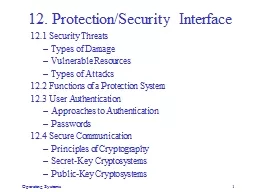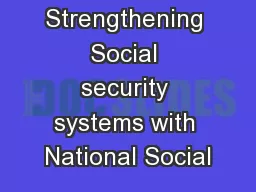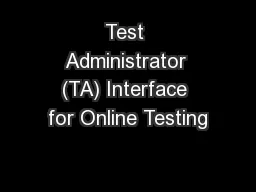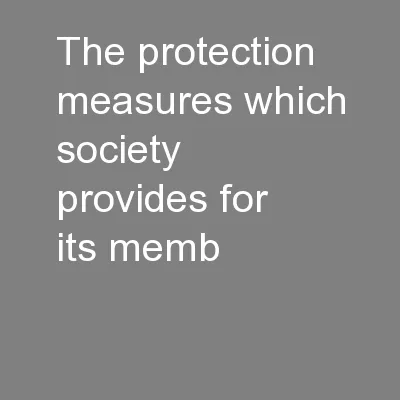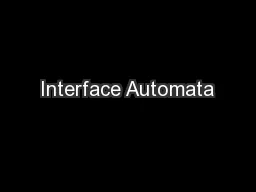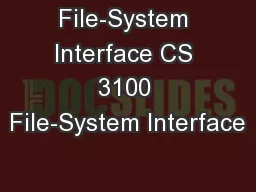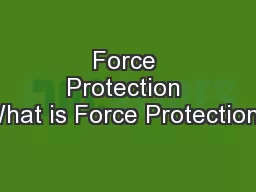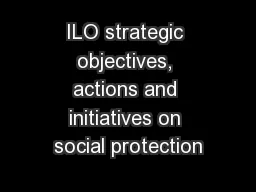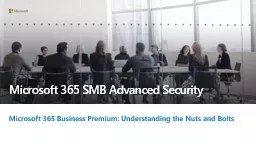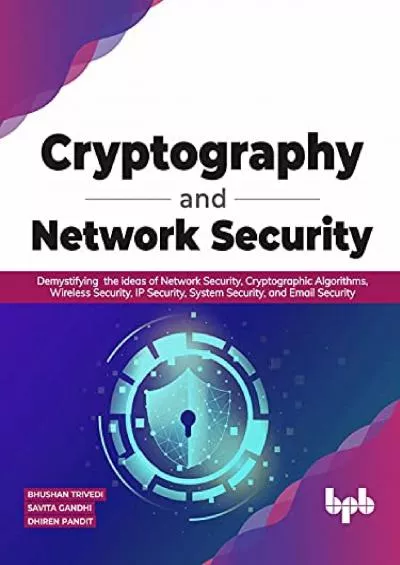PPT-12. Protection/Security Interface
Author : stefany-barnette | Published Date : 2018-11-04
121 Security Threats Types of Damage Vulnerable Resources Types of Attacks 122 Functions of a Protection System 123 User Authentication Approaches to Authentication
Presentation Embed Code
Download Presentation
Download Presentation The PPT/PDF document "12. Protection/Security Interface" is the property of its rightful owner. Permission is granted to download and print the materials on this website for personal, non-commercial use only, and to display it on your personal computer provided you do not modify the materials and that you retain all copyright notices contained in the materials. By downloading content from our website, you accept the terms of this agreement.
12. Protection/Security Interface: Transcript
Download Rules Of Document
"12. Protection/Security Interface"The content belongs to its owner. You may download and print it for personal use, without modification, and keep all copyright notices. By downloading, you agree to these terms.
Related Documents

